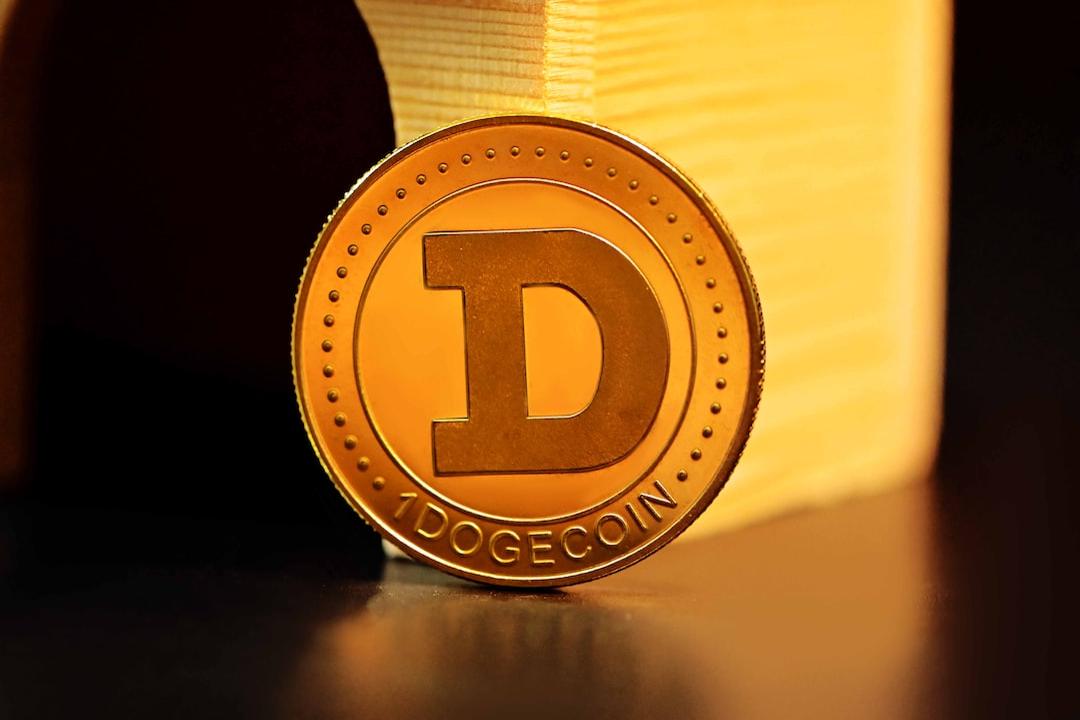Tether, a major stablecoin operator, is expanding the reach of its USDT stablecoin by collaborating with the Celo network. USDT will now be available on Celo, a layer-1 network compatible with the Ethereum Virtual Machine (EVM) that focuses on fast and inexpensive payments. This integration brings several benefits to USDT, including extremely low transaction fees of around $0.001, making microtransactions feasible. Celo’s design for fast and inexpensive payments worldwide has been a core feature since its launch in April 2020. Additionally, Tether USDT will join other stable assets on the Celo platform, such as Mento’s eXOF and cREAL, which track the CFA franc and the Brazilian real, respectively. The use cases for stable assets on Celo include remittances, savings, lending, and cross-border payments. Celo co-founder and foundation president Rene Reinsberg expressed excitement about welcoming Tether USDT to the Celo ecosystem, stating that it provides users with more options for fast and low-cost payments and access to stablecoin use cases that benefit people worldwide. The launch date for the first batch of USDT on the Celo blockchain has not been disclosed. Tether’s rival, USDC, also announced its native launch on Celo in January 2024. Currently, Tether supports 14 blockchains, including Tron, Ethereum, Solana, Avalanche, and Omni. Tron and Ethereum are the largest blockchains for USDT, accounting for 50% and 45% of all issued USDT, respectively. The expansion to Celo comes at a time when the crypto community is expressing concerns about high fees on the Ethereum network, particularly as Ether (ETH) prices surpass $4,000. These soaring fees have also affected Ethereum-based USDT, as ERC-20 Tether USDT requires ETH gas fees for transactions. However, on Celo, there is no dependence on Ethereum in terms of network fees. Even if Ethereum fees increase, Celo’s architectural choices ensure that L2 fees may not increase in the same way or at all.

